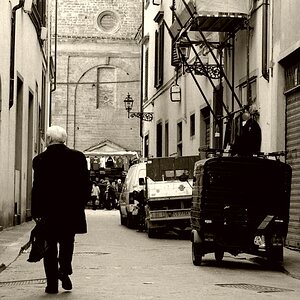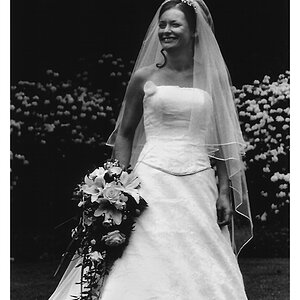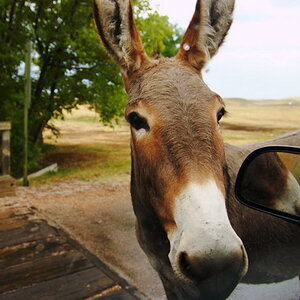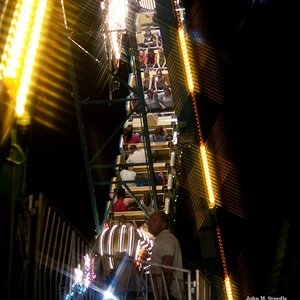HFPhotography
TPF Noob!
- Joined
- Sep 28, 2010
- Messages
- 15
- Reaction score
- 0
- Location
- Gresham
- Can others edit my Photos
- Photos NOT OK to edit
I am struggling with a couple concepts regarding camera setting. I have a few upcoming family holiday sessions outdoors and probably in the rain and I am nerves about them. So I shoot with a cannon XTI digital that has a 50mm 1.8f lens. If we are shooting in the early evening and in the shade should I be moving my ISO up to 400? to be able to shoot with out camera shake or blur? I usually shoot in aperture mode and shoot with a 1.8f and then it chooses the shutter speed on 100iso. One of my biggest struggles with groups is not everyone is in focus and with family and kids they move to fast. Also sometimes I want everything in focused or most of the background in focused along with the people so I move my f-stop up to a 5.6 or more but then shutter speed slows down and I get a lot of blur, at that point would it tell me to move up my ISO? Is it the lens? Last question if I am doing rain shoots and it gloomy out with not a tone of light but we are still out side would a good starting place be shooting in apt mode or shutter speed with a 400 ISO and then use my flash on fill flash (flash always give me red eye)? I hope this all make since sorry if its jumbled. Any tips or help would be great!



![[No title]](/data/xfmg/thumbnail/42/42459-a7a996b715ff4999d07738140fdd0fe3.jpg?1619740191)
![[No title]](/data/xfmg/thumbnail/31/31748-63241c520f250328a5ec32959b8f53d0.jpg?1619734989)
![[No title]](/data/xfmg/thumbnail/39/39191-629bf2c0bb5afb4619be296cd91b9517.jpg?1619738907)



![[No title]](/data/xfmg/thumbnail/42/42460-80970c44cc9fb42dd0c86d08e7bc401d.jpg?1619740191)



![[No title]](/data/xfmg/thumbnail/39/39192-04c5ebace34cd7a5fdf0ddd1f70db4c7.jpg?1619738908)